Mechanism of cannizzaros reaction of benzaldehyde is

Q. Which of the following reactants can undergo cannizaro's reaction?


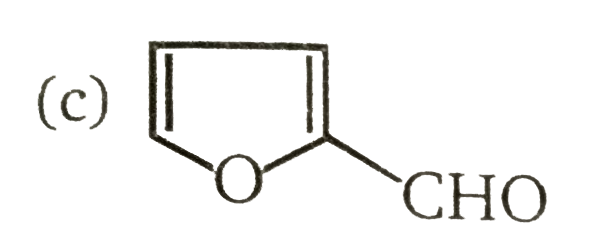
All of these
The correct Answer is:D
This involves hydride transfer from an aldehyde molecule lacking a-H atom, e.g., HCHO,R3CCHO,ArCHO, to a second molecule of either the same aldehyde (disproportionation) or sometimes to a molecule of a different aldehyde (crossed cannizzaro) the reaction requires the presence of strong bases, and with, for exammple , PhCHO the rate law is found to be, ltb rgt Rate=k[PhCHO]2[.өOH] ltBrgt and the reaction is believed to follow the pathway:
Rapid, reversible addition of .өOH to PhCHO yields the potential hydride donor, this is followed by slow, rate-limiting hydride transfer to the carbonyl carbon atom of a second molecule of PhCHO, and the reaction is completed by rapid proton exchange to yield the more stable pair. mutual oxidation/ reduction of two molecules of aldehyde has thus taken place to yield one molecule each of the corresponding carboxylate anion of the primary alcohol.
Suitable dialdehydes can also undergo intramolecular hydride transfer, as in the cannizzaro reaction of ethan-1,2-dial (glyoxal')→hydroxyethanoate ('glycollate') anion, for which the observed rate law is found, as expected to be:
rate =k[OHCCHO][.өOH]
Aldehydes that possess H atoms on the carbon atom adjacent to the CHO group (the α-carbona tom) do not undergo the cannizzaro reaction with base, as they undergo the aldol reaction very much faster.
Topper's Solved these Questions
- ALDOL AND CANNIZARO REACTIONBook:MS CHOUHANChapter:ALDOL AND CANNIZARO REACTIONExercise:Level 1 (Q.1 To Q.30)
Explore 6 Videos
- ALDOL AND CANNIZARO REACTIONBook:MS CHOUHANChapter:ALDOL AND CANNIZARO REACTIONExercise:Level 1 (Q.31 To Q.48)
Explore 3 Videos
- ALDEHYDES AND KETONES II. ALDOL REACTIONS Book:MS CHOUHANChapter:ALDEHYDES AND KETONES II. ALDOL REACTIONS Exercise:ADDITIONAL OBJECTIVE QUESTIONS (LINKED COMPREHENSION TYPE )
Explore 6 Videos
- ALKENES AND ALKYNES IIBook:MS CHOUHANChapter:ALKENES AND ALKYNES IIExercise:ADDITIONAL OBJECTIVE QUESTIONS (Matrix Match Type)
Explore 2 Videos
Similar Questions
Knowledge Check
Mechanism of cannizzaros reaction of benzaldehyde is

Q. Which of the following cannot undergo intramolecular cannizaro's reaction?AH−O∣∣C−O∣∣C−HBH−O∣∣C−O∣∣C−PhCPh−O∣∣C−O∣∣C−PhDH−O∣∣C−O∣∣C−HMechanism of cannizzaros reaction of benzaldehyde is

Q. Which of the following is best hydride donor in cannizaro's reaction?A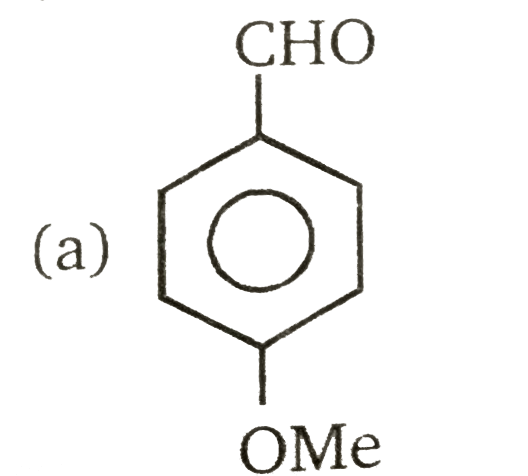 B
B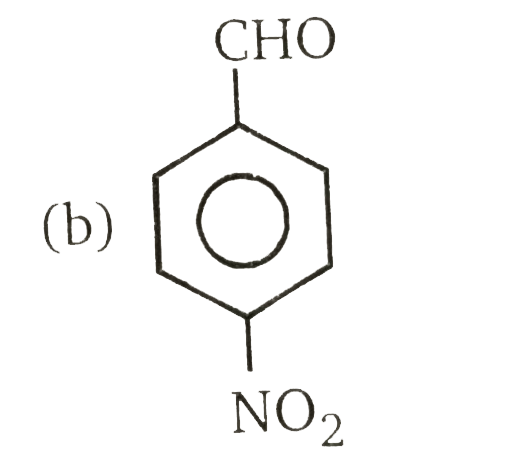 C
C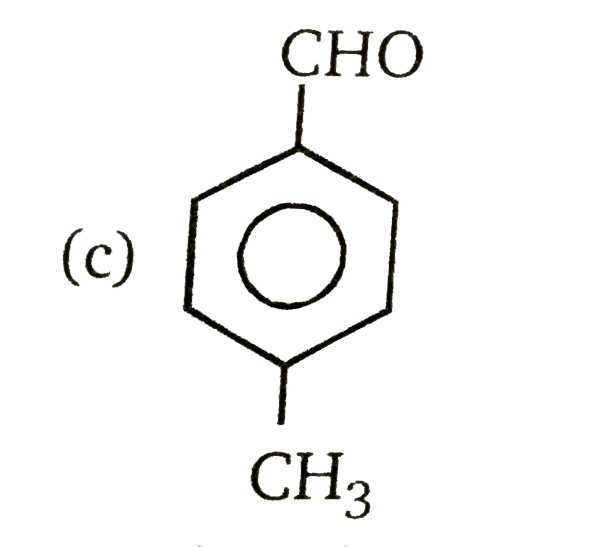 D
D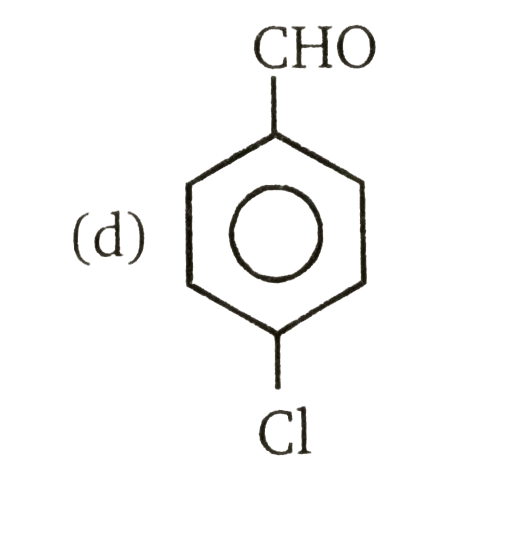
Which of the following does not undergo Cannizzaro's reaction ?
ABenzaldehydeB2-MethylpropanalCp-MethoxybenzaldehydeDFormaldehyde.
Mechanism of cannizzaros reaction of benzaldehyde is

Q. Order of the above reaction is
View SolutionWhich of the following compound does not undergo Cannizzaro reaction ?
View SolutionWhich of the following aldehyde will undergo Cannizzaro's reaction ?
View SolutionCannizzaro reaction is a chemical reaction named after Stanislao Cannizzaro that involves the base-induced disproportionation of two molecules of a non-enolizable aldehyde to yield a carboxylic acid and a primary alcohol.Cannizzaro Reaction Mechanism details the method to get one molecule of alcohol and one molecule of carboxylic acid from two molecules of a given aldehyde.he reaction is executed by a nucleophilic acyl substitution on an aldehyde where the leaving group attacks another aldehyde. A tetrahedral intermediate results from the attack of hydroxide on a carbonyl. This tetrahedral intermediate collapses, thereby reforming the carbonyl and transferring a hydride which attacks another colony. Now, a proton is exchanged by acid and alkoxide ions. When a base of high concentration is introduced, the aldehyde forms an anion which has a charge of 2. From this, a hydride ion is transferred to a second molecule of the aldehyde, forming carboxylate and alkoxide ions. The alkoxide ion also obtains a proton from the solvent for the reaction.Which of the following aldehydes will undergo Cannizzaro's reaction ?
View SolutionWhich of the following compounds will undergo Cannizzaro reaction ?
View Solution

